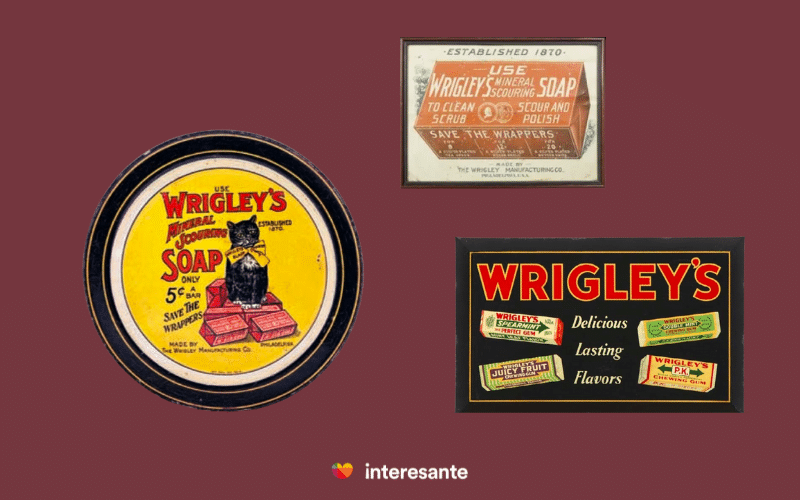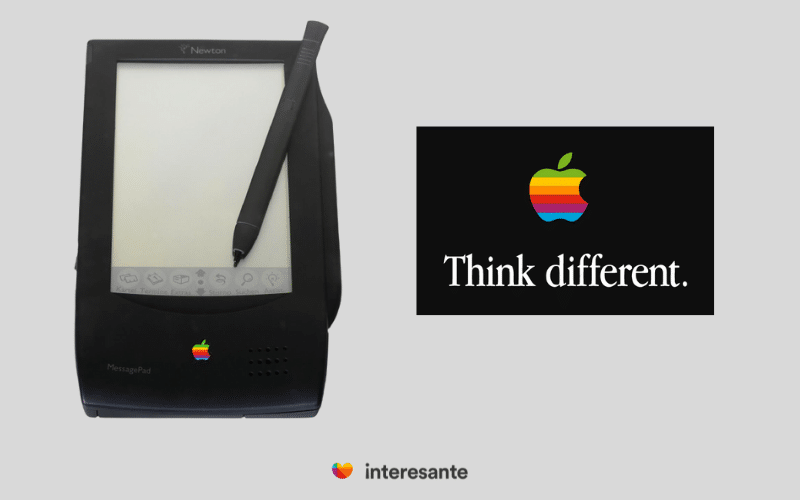Brand Partnership Manager
Nearly all businesses eventually face tough decisions due to running out of cash. Financials are thought to be the heart of any business, which is why that is known as cash flow heart attacks. The severity of a cash flow challenge will depend on each business. Still, it is a mistake to underestimate how serious cash flow issues can be or how quickly they escalate.
Cash Flow Heart Attacks
Chances are it’s going to happen to you. Nearly all businesses eventually face tough decisions due to cash flow heart attacks. For example, 87% of execs in the construction sector said they experience cash flow issues regularly, with nearly 1 in 5 saying that cash flow blockages are a permanent way of life.
The likelihood and severity of your cash flow challenge will vary based on margins, industry profile, and growth stage. Still, it would be a mistake to underestimate how serious cash flow issues can be or how quickly they escalate. The National Federation of Independent Businesses reported that 82% of failed businesses cited inadequate cash flow management as the proximate cause.

Subscription Services are a Cash Flow
Consider the big picture. Customers come and go in random clumps in most businesses, especially retail, while bills arrive in waves of deadly regularity. It’s no wonder why business models like SaaS, IaaS, chicken-treats-as-a-service (seriously), and anything-else-you-can-think-of-as-a-service have grown so popular.
Although locking in recurring revenue streams can stabilize cash flows, too many company leaders have faith in subscription services. Birchbox is the perfect example of a successful subscription service that came unglued for various reasons, including cash flow crunches as its costs rose faster than its revenues.
At the other end of the spectrum is a company with more than a century in operation, offices in 170 countries, and a market cap of $130 billion – and their biggest threat, according to Credit Suisse analyst Kulbinder Garcha, is cash flow.
While IBM is not on the verge of bankruptcy, some evidence suggests it could disappear by 2030 unless there are significant changes to its fundamentals. In the past two decades, many of us have seen the fall of giants like Kodak, Andersen Consulting, General Foods, and many more, so it’s not unthinkable. What’s more, new evidence proposes that nothing lives forever.
Company Lifespans
Large-scale data analysis demonstrates that company lifespans have shortened dramatically recently. The American Enterprise Institute (AEI) noted that 88% of the companies listed on the S&P 500 index in 1955 were not there in 2016. Projecting out the accelerating churn rates, they suggested that half of today’s top companies may not exist in their current form by 2034 and all by 2051.
Like the humans who run them, companies are mortal. The real question is how healthy your firm will be during its apportioned lifetime. One pathway to wellness is to strengthen your company’s heartbeat through more intelligent cash flow management.

A Case Study in Cash Flows for Mid-Sized Companies
The following is a true story and one that we commonly hear.
A firm came to us bleeding cash. We had to find a way to stop the outflow first, then present them with a plan for occupational therapy to rebuild their customer base.
Would you:
- Put a freeze on marketing spending and redirect resources to low-cost, omnichannel, experiential customer interactions with ecosystem partners.
- Go dark, bring in consultants, rebrand, and reintroduce yourself to the market with a new identity.
- Kick-off another round of funding and scale-up.
Of course, there are a functionally infinite number of options in the real world. The point is that these four cardinal directions represent the most common reactions:
- Stop spending.
- Hit reset on everything.
- Shrink the workforce, factor debt, and restructure.
- Beg for more cash.
There are times when each of these might be your best option, but in this case, we started with A) – stop spending on the highest avoidable costs while prioritizing revenues until the books can find balance. Marketing isn’t always the most brilliant place to make the first cut.
Still, an intelligent application of spending cuts will have the most significant impact for plugging up cash flow losses in the shortest time window. Over the longer term, rebranding, and strategy evaluation might be the right direction, but not under such intense pressure.
Mini-Case Studies lacking cash flow
After applying a financial tourniquet, it’s reasonable to focus on revenue. That means re-engaging employees who may still be in shock and strengthening the relationship with your best customers, who are most likely to bring new life to the business with referrals and brand advocacy. Look through these mini-case studies from the real world to see how well your thinking matches that of leaders who successfully turned things around.
The Lesson in Free Samples
A consumer goods company drove sales of its primary product by giving away free samples of various other items as a promotion. One promotional extra caused a massive number of sales. Would you:
- Try to copy the branding and identity of that promotional item?
- Restructure your company to sell that promotional item instead of your current product?
Did you choose B? That’s how Wrigley transformed from a soap maker into the predominant force in the global chewing gum market.

Renewal in Personal Care
An OEM of personal care items found its revenues stagnant as costs rose and its primary customer base continued aging. Would you:
- Outsource to global partners for less expensive raw materials and eliminate waste in the supply chain?
Few have changed so many minds so quickly as Old Spice, with its bizarre YouTube videos, captured the zeitgeist of a generation and far surpassed its goal of doubling revenues.
A Fork in the Road
A well-established hardware technology company is bleeding cash and heading toward irrelevance beneath a tide of innovative competitors. Would you:
- Eliminate 75% of your products, sell off your factories, launch an abstract ad campaign and partner with your biggest competitor?
- Hire a more aggressive sales force, sign exclusive deals with corporations to freeze out competitors, and experiment with user-friendly on-screen tools?
Suppose you immediately recognized Mac vs. PC strategies. In that case, you could run the second 1 trillion-dollar company in the U.S. (you better hurry because Amazon is only 50 billion dollars away from earning that title).
Cutting hard and deep isn’t always the best idea, but Steve Jobs cut intelligently. He eliminated all the products Apple didn’t excel at, including the proto-iPad called the Newton PDA. A narrow concentration on core excellence, an ad campaign centered on Apple’s vision (Think Different), and a painful cash deal with Microsoft cut their operating expenses in half and returned the firm to profitability.

Nothing Exists in Isolation
Although this blog has been an extreme close-up on cash flows, other organizational systems must be balanced to achieve financial wellness. We’ll help you do an
Meanwhile, we’d love to hear your stories of heart-stopping breakdowns and dramatic turnarounds. Wise business leaders have an uncanny ability to learn from their mistakes, but most would tell you that it’s a better plan to learn from the mistakes of others.














